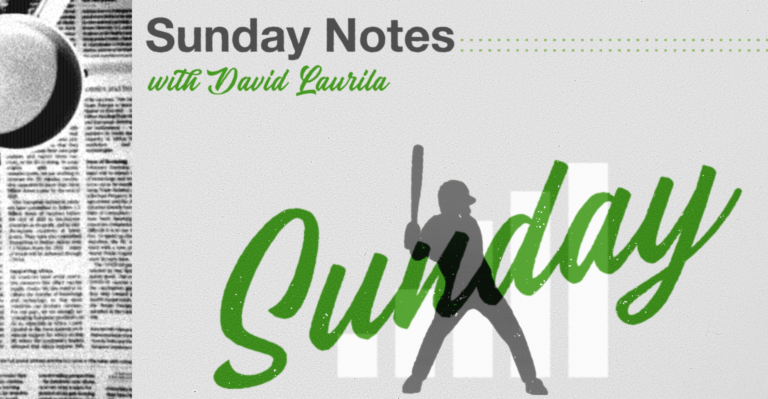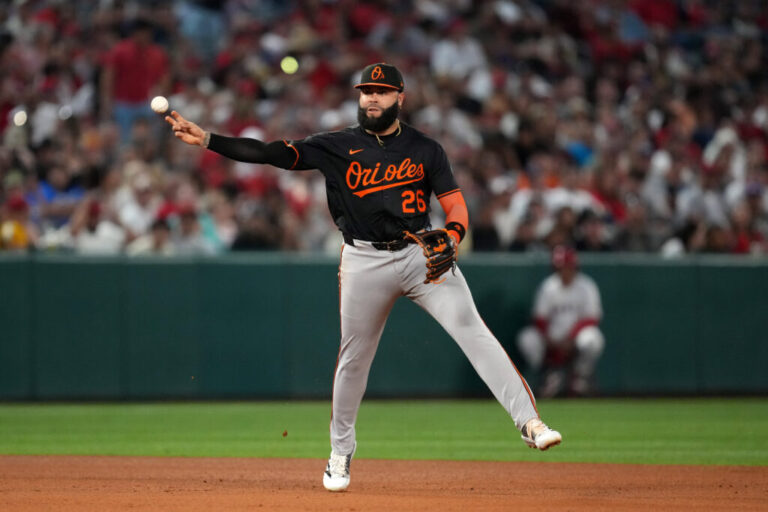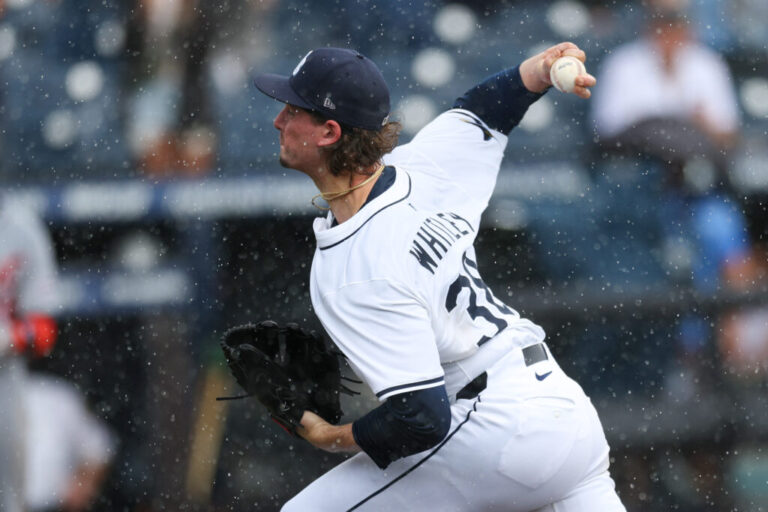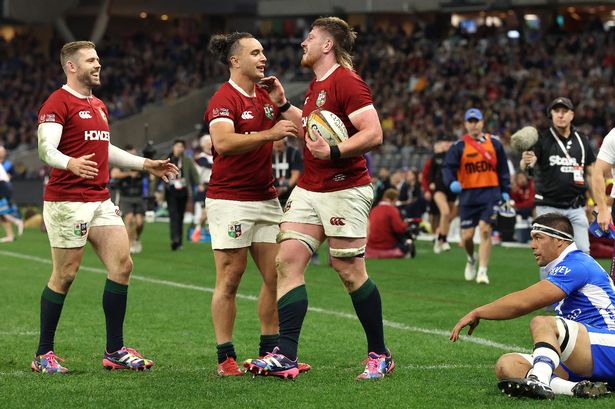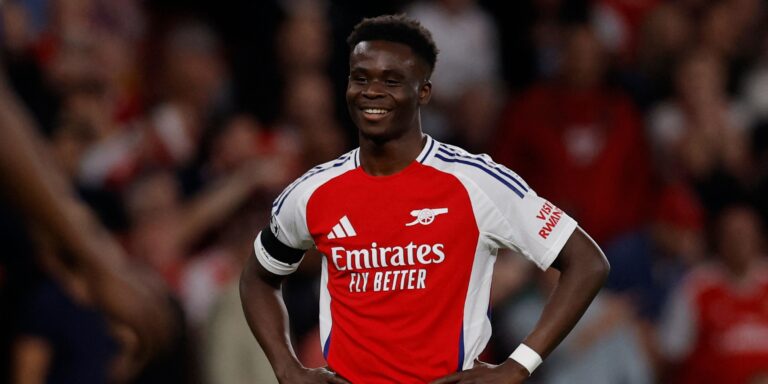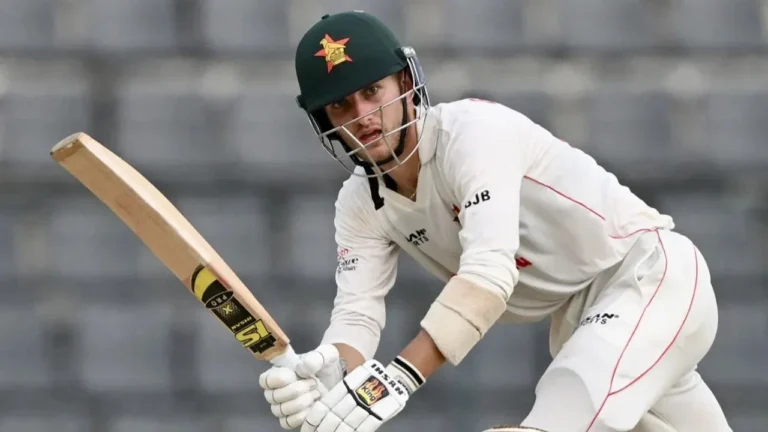

It’s a ritual as old as time. The Brewers develop an intriguing young player into an All-Star, and a fun one at that. Next, that player approaches free agency – that’s how time works. The Brewers then trade that player to a contending team, getting back a few players with multiple years of team control. Finally, the Brewers develop those players into stars, spin the wheel again, and the band plays on. Today’s edition: Milwaukee traded Devin Williams to the Yankees in exchange for Nestor Cortes and infield prospect Caleb Durbin, as Jeff Passan first reported.
Williams is the rare pitcher who isn’t even as famous as his best pitch. His screwball/changeup hybrid is nicknamed The Airbender, and it’s been making major leaguers look like overmatched kids for years. On the back of that pitch and a plus fastball, he’s compiled a career ERA of 1.83 over five-plus seasons of dominance. His 39.4% career strikeout rate reads like a typo. He rose to prominence during the 2020 season, and he’s been the second-best reliever in baseball since then, trailing only Emmanuel Clase.
It doesn’t matter what you call the pitch; Williams’ results speak for themselves. “Changeup-first dominant closer” only sounds fluky until you look at the raw data. He misses more bats than Josh Hader. He might even be better than his run-prevention numbers would suggest, because the runs he gives up come in bunches. In 2023, for example, he gave up 10 earned runs all year, and four were in a single game. The upshot: He’s first among relievers in win probability added by a ton, because a truly outrageous number of his games end in scoreless innings. He’s not Mariano Rivera, but he might be the closest thing in today’s game: an automatic ninth inning.
Williams was available because he’ll reach free agency after the 2025 season. The Brewers love building elite bullpens, but they’re notably frugal in the way they go about it. Their payroll hovers around $120 million, and he’ll fetch something in the neighborhood of $20 million per year (deservedly so!) when every team can bid on his services next winter. He’s a true rental – he just happens to be so good that the Yankees surrendered two interesting players for one year of relief pitching anyway.
Cortes, like Williams, is going to be a free agent after the 2025 season. Like Williams, he doesn’t operate like most other pitchers. But where Williams has an incomparable breaking pitch as his one weird trick, Cortes is all funk. He changes speeds and throws five or six different pitches, depending on what classification system you like. He varies his delivery endlessly, sometimes within an at-bat. He disrupts timing and uses elite command to avoid walks.
It doesn’t look like it should work, but it does. In his four-year stint with the Yankees from 2021-24, he’s compiled a 3.33 ERA, 3.68 FIP, and racked up 9.4 WAR despite intermittent injury problems. No one feels comfortable during a Cortes start, from opposing batters to his own team’s fans. He’s perpetually walking a tightrope to get hitters out with so-so raw stuff – and he manages that balancing act at a remarkable frequency.
Durbin, the second player Milwaukee got for Williams, is a weirdo in his own right. He’s 5’6” and, to quote Eric Longenhagen, “built like a size extra small Tyler O’Neill.” His career path – record-setting high school wrestler, Division III baseball standout, late-round draft pick included as a lottery ticket in a trade for a reliever – is right out of central casting. I’m going to liberally borrow from Eric’s notes here to paint a picture, but keep this in mind as I do: There’s a faint whiff of magical realism to Durbin, like he exists in a world similar to but not quite like ours.
Durbin torched the mid-level minors in 2023 after being acquired from the Braves for Lucas Luetge after the 2022 season. He broke his wrist in 2024 and played in only 90 games as a result – but he hit a scorching .287/.396/.471 in those games, walked more often than he struck out, and stole 29 bags while getting caught just three times. He did it while playing solid defense at second and third, as well as in-case-of-emergency defense at shortstop and in the outfield.
He succeeds in roughly the way you’d expect. He makes a ton of contact, particularly in the zone, thanks to a compact swing that punishes pitches up in the zone. There’s a ton of lift and pull to his game, and his excellent bat control helps him stay out in front, even against good opposing pitches. The exit velo numbers weren’t great in 2024, but wrist injuries often sap power for a while even after players return from them, so it’s reasonable to project some improvement in that area next year.
That kind of approach has its limits. It would be wildly irresponsible to project above-average power production at the major league level from a 5’6” batter until we’ve seen far more evidence that he can keep it up. But he checks enough boxes offensively that I’d be very interested in finding out how it works in the big leagues, because he has a lot of skills you can’t teach: bat control, command of the strike zone, and an ability to identify and attack pitches that he can damage.
Defense will be crucial to the whole package here. Eric likes his defense at second and third, though he’s less optimistic about his ability to handle short. Durbin might not have the raw speed to handle center, but he has great baseball instincts and solid acceleration, as you can see from his superlative baserunning bona fides. In Milwaukee’s outfield, he’ll never sniff center anyway, and he’s a good righty option in either corner. He also looks like a nice platoon partner for Brice Turang at second. Here’s some video of Durbin in AFL action this year, courtesy of Longenhagen.
All three players in this trade feel like they could be characters in a baseball movie. Williams succeeds with a one-of-one pitch with a killer moniker. Cortes doesn’t look like a good big league pitcher, but he’s succeeded anyway thanks to his willingness to use every trick in the book at the drop of a hat. Durbin feels improbable across the board – the path to prominence, the body type, just everything imaginable. If you wanted to make an Ocean’s Eleven-style heist movie with baseball players, all three of these guys would fit the bill thanks to their eccentricities and strengths.
The actual trade, though? It’s right down the middle, standard stuff for both the Brewers and the Yankees. The whole point of having a New York-level budget is that instead of going for guys like Cortes, who can emulate Max Fried-level production if everything goes right, you can just go sign Max Fried. Even after trading Cortes, the Yankees have a jam-packed rotation; Clarke Schmidt projects as their sixth starter, and I’d be comfortable if not overjoyed to start him in a playoff game.
Likewise, Durbin is an intriguing player and someone you’d love to have as a utility option at the league minimum – but the Yankees don’t need to pay the league minimum, and in the tail end of Aaron Judge’s prime, they want sure more than league-minimum value at most positions. Oswaldo Cabrera isn’t all that different from Durbin in terms of overall utility and value, even if he gets there in a different way.
Williams, on the other hand, lets the Yankees play the way they want to. Manager Aaron Boone likes to use his bullpen aggressively in high-stakes games, and freeing up Luke Weaver to operate as a fireman will make that unit even deadlier. Williams is the best there is at his position, and the Yankees can either keep him around after this year or collect a compensation pick should he leave in free agency. He addresses a position of real weakness, and all he cost the Yankees was a free-agent-to-be starter for whom they were struggling to find space and a minor league utility infielder. This trade makes their big league team much better, and it likely won’t cost them much down the line.
Milwaukee is also getting exactly what it wants. Cortes is clearly not elite in the same way that Williams is, but he might suit the Brewers better, even in a one-for-one swap. They need starting pitching badly; even with Cortes in the mix, their rotation has plenty of question marks, most notably how many innings Brandon Woodruff will pitch. The Milwaukee bullpen was excellent in 2024 when Williams missed the first half of the season, and the organization’s development staff has done an incredible job finding and working with relievers to unlock new levels of skill. The Brewers are the exact kind of team that would prefer 160 good innings to 60 great ones.
Adding a utility infielder with six years of team control on top of that? That’s a classic Brewers move, and he even fits the roster well; they need an infielder who can cover second and third, they’d prefer him to be right-handed, and a little bit of outfield coverage wouldn’t hurt either. It would shock no one if Durbin turns in three or four league-average seasons as a Swiss army knife. This trade has a lot in common with the Corbin Burnes trade Milwaukee made last offseason – and the Josh Hader trade before that, and the Carlos Gómez trade before that, and, well, you get the idea.
In summary, this is the most win-win trade between contenders I’ve seen in quite a while. Everyone gets what they’re looking for here. Both teams improve their chances for 2025. Both rosters look better in their new configuration. All the players are fun. The only thing I don’t like about this trade is that I didn’t think it up myself. What a delight.
